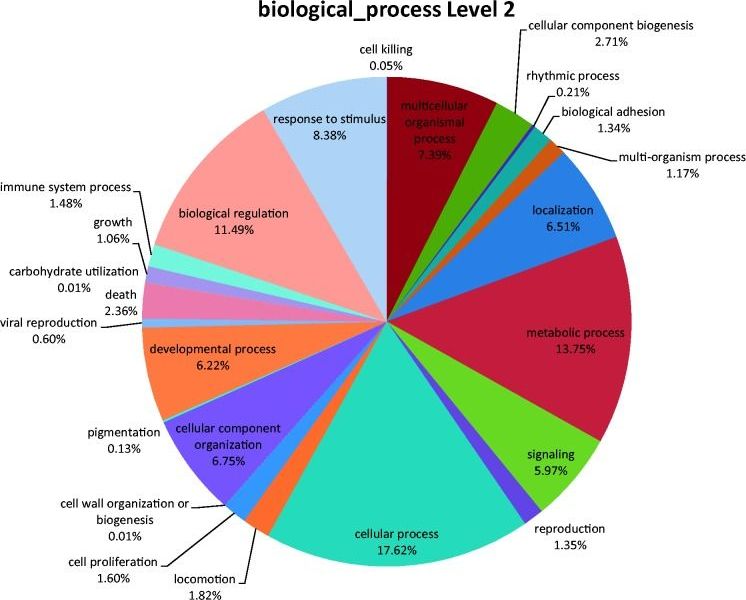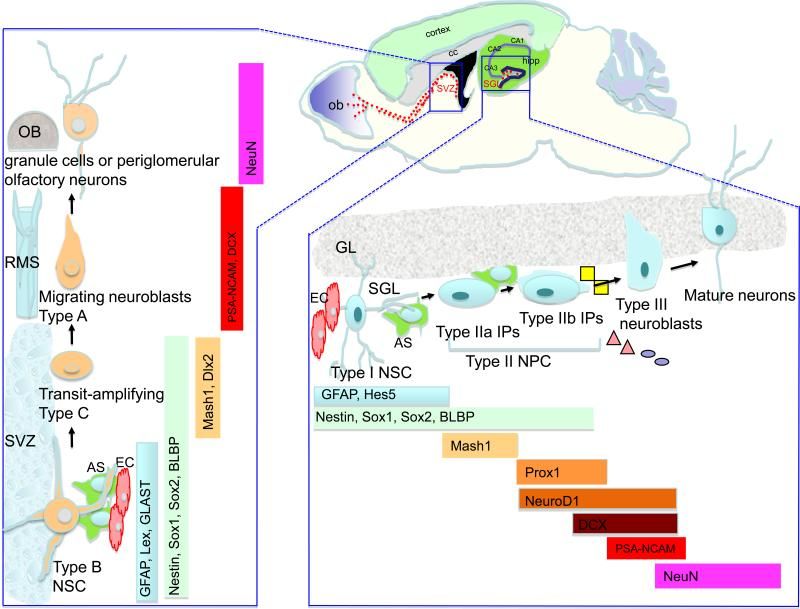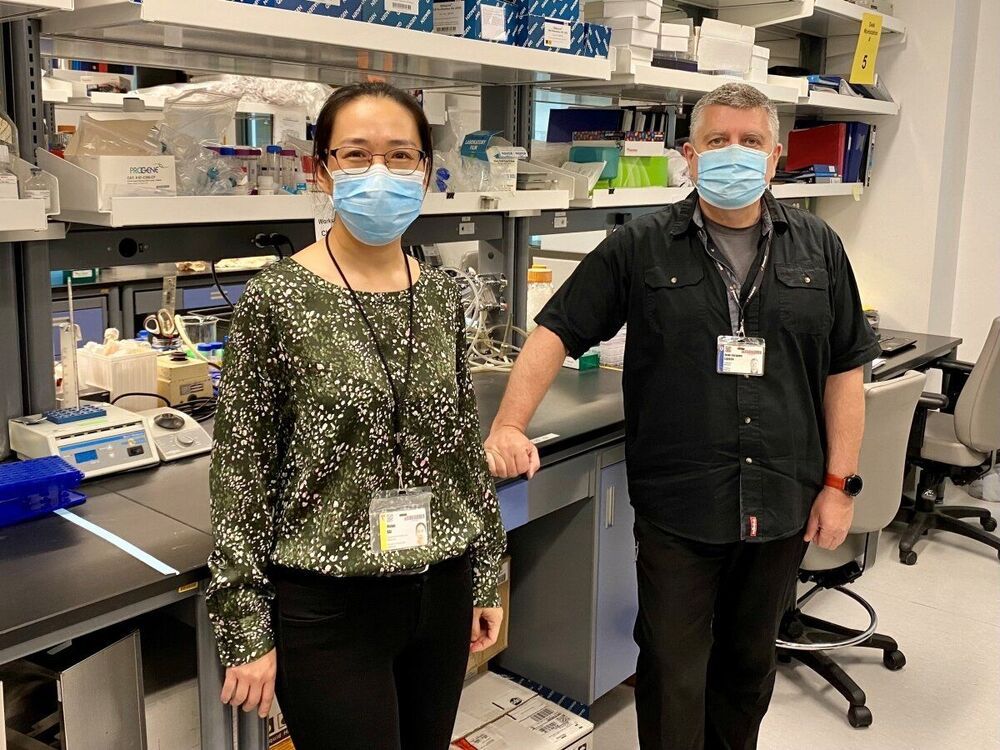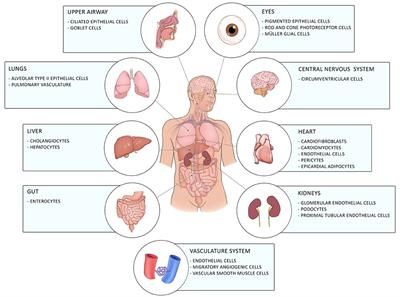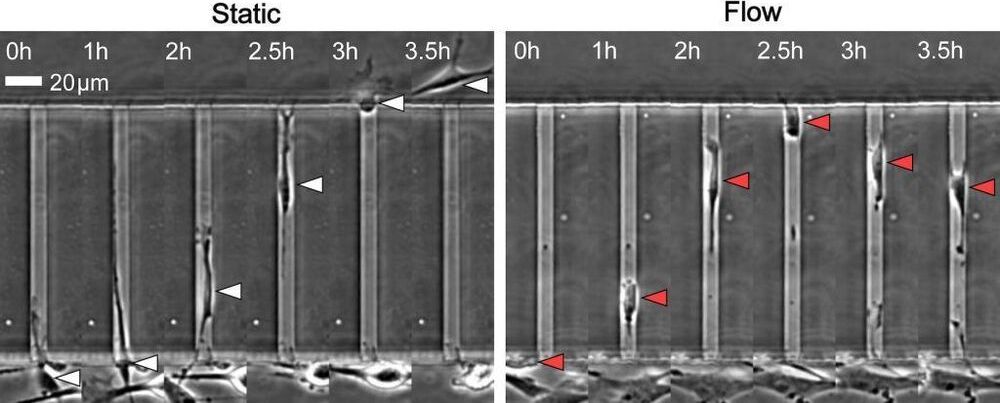Recently, we found dramatic mitochondrial DNA divergence of Israeli Chamaeleo chamaeleon populations into two geographically distinct groups. We aimed to examine whether the same pattern of divergence could be found in nuclear genes. However, no genomic resource is available for any chameleon species. Here we present the first chameleon transcriptome, obtained using deep sequencing (SOLiD). Our analysis identified 164000 sequence contigs of which 19000 yielded unique BlastX hits. To test the efficacy of our sequencing effort, we examined whether the chameleon and other available reptilian transcriptomes harbored complete sets of genes comprising known biochemical pathways, focusing on the nDNA-encoded oxidative phosphorylation (OXPHOS) genes as a model. As a reference for the screen, we used the human 86 (including isoforms) known structural nDNA-encoded OXPHOS subunits. Analysis of 34 publicly available vertebrate transcriptomes revealed orthologs for most human OXPHOS genes. However, OXPHOS subunit COX8 (Cytochrome C oxidase subunit 8), including all its known isoforms, was consistently absent in transcriptomes of iguanian lizards, implying loss of this subunit during the radiation of this suborder. The lack of COX8 in the suborder Iguania is intriguing, since it is important for cellular respiration and ATP production. Our sequencing effort added a new resource for comparative genomic studies, and shed new light on the evolutionary dynamics of the OXPHOS system.
Keywords: chameleon, oxidative phosphorylation, transcriptome.
Massive parallel sequencing (MPS) enables identifying the entire set of transcribed genes (transcriptome) of understudied organisms, thus providing novel genomic resources. However, because there is no genomic reference to those organisms, the short reads generated by MPS must be de novo assembled in order to form sequence contigs, which in turn could be annotated (Kusumi et al. 2011), thus creating reference sequences for further analyses.
